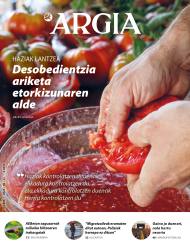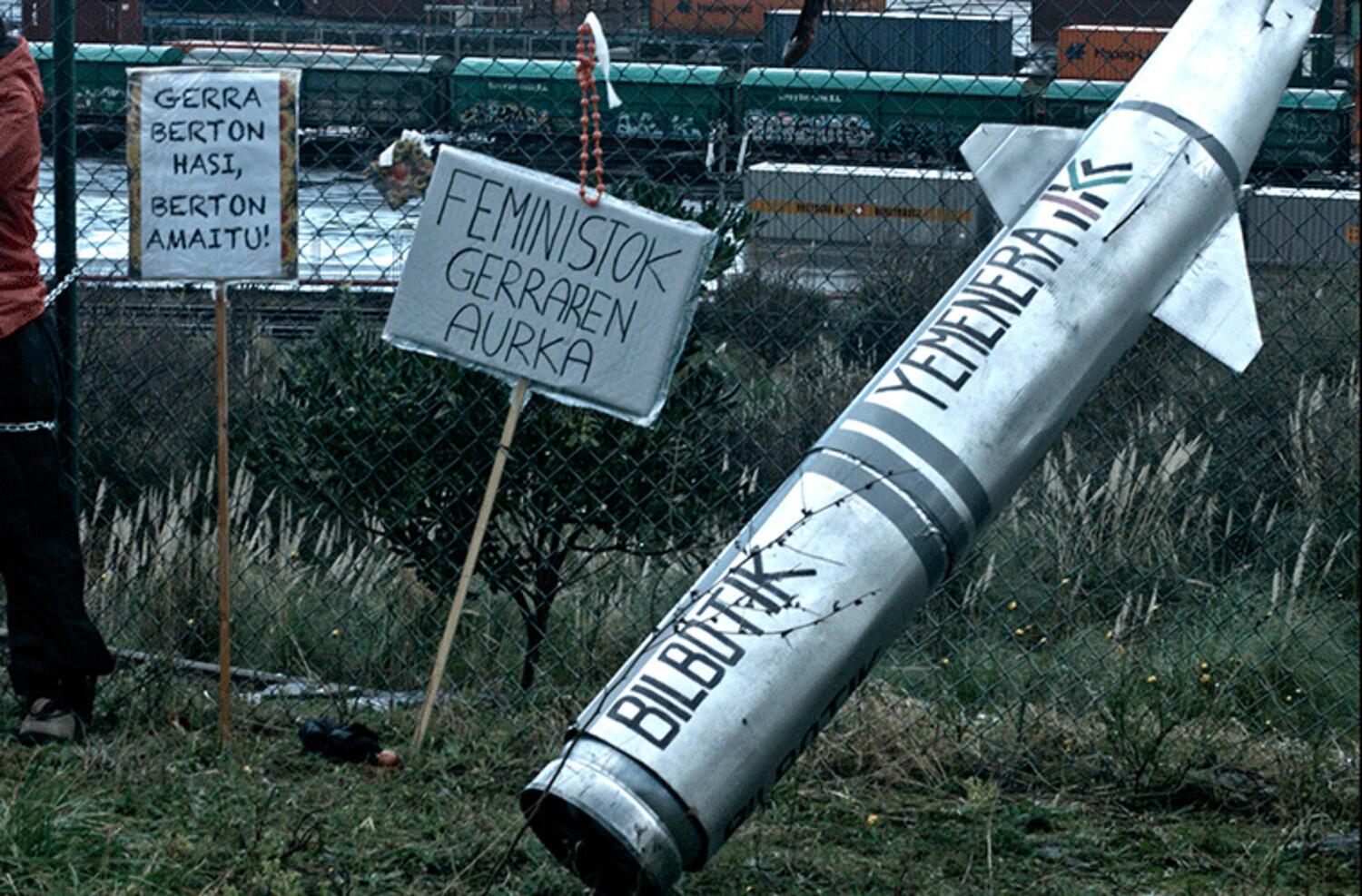Bat health unexpectedly protects our health
- In the Northeast of the United States in recent years there has been a large-scale public health phenomenon reminiscent of the importance of wild animal health. According to a recently published study, this fact and its consequences have been considered as a far-reaching experiment that has served to remember that in this globalized world we could improve the protection of bat health for the sake of our health.

In 2006, in the northeast of the United States, New England, New York, and Pennsylvania, bats started to get sick and die from a new disease. This is a disease called white nose syndrome, caused by a fungus. Between 2006 and 2018, this disease spread to the west of this region, and for 13 years it also spread to the west of the Mississippi River. This disease caused unseen mortality rates among bats, which stood at around 73%. Two years after its departure, the bat populations of some of the caves have already fallen by 90% and it is estimated that more than six million bats died in 2012. Twelve species of bats caused damage to the disease and two of them are in danger of extinction and two others are threatened.
But why are we going to take so much of the bats? All right, some special species that are in the process of extinction must be protected, but what does that issue of biodiversity really have to do with our daily lives? In addition, what can a human being infect us?
In fact, this zoonosis may be more related to our health and living conditions than was thought. To get closer to the bottom, let's remember that bats eat 40 percent of their insect weight every night. This has very significant and varied effects on the ecosystems in the area. In the forests and fields where bats are found, it has been shown that the increase in insect populations is limited. On the contrary, where there are no bats, if the right conditions are met, insect biomass can increase rapidly – sometimes almost doubling, as is the case for different tree species or ivory or moths that can damage maize – as well as fungal biomasses that damage plants. These data allow a better appreciation of the importance of bats: Have insects multiplied in the United States as a result of this epidemic and affected the health of its inhabitants? It could be, but what a recently published study has shown goes beyond that.
From bat plague to insect plague
The economic impacts of ecosystem disruptions published in the journal Science in early September: The work Costs from substituting biological pest control (Economic effects of ecosystem ruptures: costs of substituting biological pest control) does not directly show that mass bat deaths in the United States have led to an increase in insects in the growing fields. But it does show that at the point where bats have massively died, crops were damaged – because the harvest profit was declining – and that local peasants used more insecticides, because they saw more damage from insects in their fields. In these districts, insecticide consumption increased by 31.1 per cent compared to areas where bats survived best.
But in this period the consumption of insecticides was not the only variable that increased: the infant mortality rate also increased by 7.9 per cent. The infant mortality rate began to rise in the same year that pesticide use began to grow. On the other hand, in enclosures with healthy bats populations, everything remained the same, not changing the use of pesticides or infant mortality.
To confirm that in the areas where bats disappeared they rose to an insecticide and infant mortality rate, the investigator considered the effect of time, the age distribution of the populations in each district and the size of the samples. In addition, in terms of the increased infant mortality rate, account was taken of that caused exclusively by physiological factors, that is, external factors (accidents, homicides...) did not change.
As the saying goes, correlation is not causality, and the concurrence of two tendencies does not necessarily mean that one is the other. However, it is not the first job to link chemical pollution with infant mortality, and this simultaneous increase is likely linked to increased use of these insecticides, unless a more convincing explanation is invented. In this case, correlation is not a coincidence, and the results of this study should not surprise us. Winifred Frick, chief scientist at the NGO Bat Conservation International (International Conservation of Bats), says he was boycotted seeing these results.
Global ecosystem health
The concept of “Single Health” is a concept of awareness and expression of the relationship between animal and human health, which began to be used in the early 2000s. Beyond health, it is intended to influence the idea that the ecosystems in which humans and animals live are united together, that is, that human health, animal health and environmental integrity merge. The main focus of this concept has been the possibility of transmitting to humans the new diseases that appear in animals. The T baztanga, which has begun to spread more rapidly, has been linked to deforestation because in newly cut forests there is more chance of finding contaminated animals or because the animals that escape from it can approach the homes of humans. In the case of these North American bats, however, the question is different, as the white-nosed syndrome is not harmful to humans, but its indirect consequences if more insecticides are used to replace the work of missing bats.
It should be noted that the white nose syndrome has not emerged in North America, as the fungus that causes this disease was in Europe for a long time before crossing the Atlantic, as did the followers of Christopher Columbus when they brought the flu, measles and others here to the Americans of origin, causing massive deaths.
But in the United States of today, this bats scourge is also spreading along the treadmill routes in the Appalache Mountains. The human being can, therefore, be a disseminator of bat disease, especially the travelling and mountaineering man. This shows us that the health of ecosystems should not only be cared for locally, but that in this globalized world we take care of all our movements.
Do not look for this connection from Ezkio or Altsasu, let alone crossing the Ebro River through Castejón. The connection, or rather the connections, between the Basque Y and the AVE of Navarre is already a reality. It is these links in the plural that should concern us and... [+]
Udaberrian orain dela egun gutxi sartu gara eta intxaurrondoa dut maisu. Lasai sentitzen dut, konfiantzaz, bere prozesuan, ziklo berria hasten. Plan eta ohitura berriak hartu ditut apirilean, sasoitu naiz, bizitzan proiektu berriei heltzeko konfiantzaz, indarrez, sormen eta... [+]
Ohe beroan edo hotzean egiten da hobeto lo? Nik zalantzarik ez daukat: hotzean. Landare jaioberriek bero punttu bat nahiago dute, ordea. Udaberriko ekinozio garai hau aproposa da udako eta udazkeneko mokadu goxoak emango dizkiguten landareen haziak ereiteko.
Duela lau urte abiatu zuten Azpeitian Enkarguk proiektua, Udalaren, Urkome Landa Garapen Elkartearen eta Azpeitiako eta Gipuzkoako merkatari txikien elkarteen artean. “Orain proiektua bigarren fasera eraman dugu, eta Azkoitian sortu dugu antzeko egitasmoa, bere izenarekin:... [+]
Itsasoan badira landareen itxura izan arren animalia harrapari diren izaki eder batzuk: anemonak. Kantauri itsasoan hainbat anemona espezie ditugun arren, bada bat, guztien artean bereziki erraz atzemateko aukera eskaintzen diguna: itsas-tomatea.
Martxoaren 19an amaitu zen proiektua aurkezteko epea, baina Errioxako PSOEk adierazi du Forestalia enpresak "interesa baztertu" duela. Enpresak bi parke eoliko eraiki nahi zituen Aragoiko lurretan, baina oraindik ez ditu lortu baimenak eta hori dute egitasmoa... [+]
EH Bilduk galdera sorta bat erregistratu zuen Eusko Legebiltzarrean Donostiako Metroaren igarobideko lanen gainkostua argitzeko. Informazio hori atzo jakinarazi zuen Susana Garcia Chueca Mugikortasun sailburu sozialistak.
Kirola eta oroimena uztartuko dituzte, bigarrenez, mendi-martxa baten bitartez. Ez da lehiakorra izanen, helburua beste bat delako. La Fuga izeneko mendi martxak 1938ko sarraskia gogorarazi nahi du. Ezkabako gotorlekuan hasi eta Urepelen amaituko da. Maiatzaren 17an eginen dute.
Aurten "Israel Premier Tech" txirrindularitza talde israeldarra ez da Lizarraldeko Miguel Indurain Sari Nagusia lasterketara etorriko. Berri ona da hori Palestinaren askapenaren alde gaudenontzat eta munstro sionistarekin harreman oro etetea nahi dugunontzat, izan... [+]



















